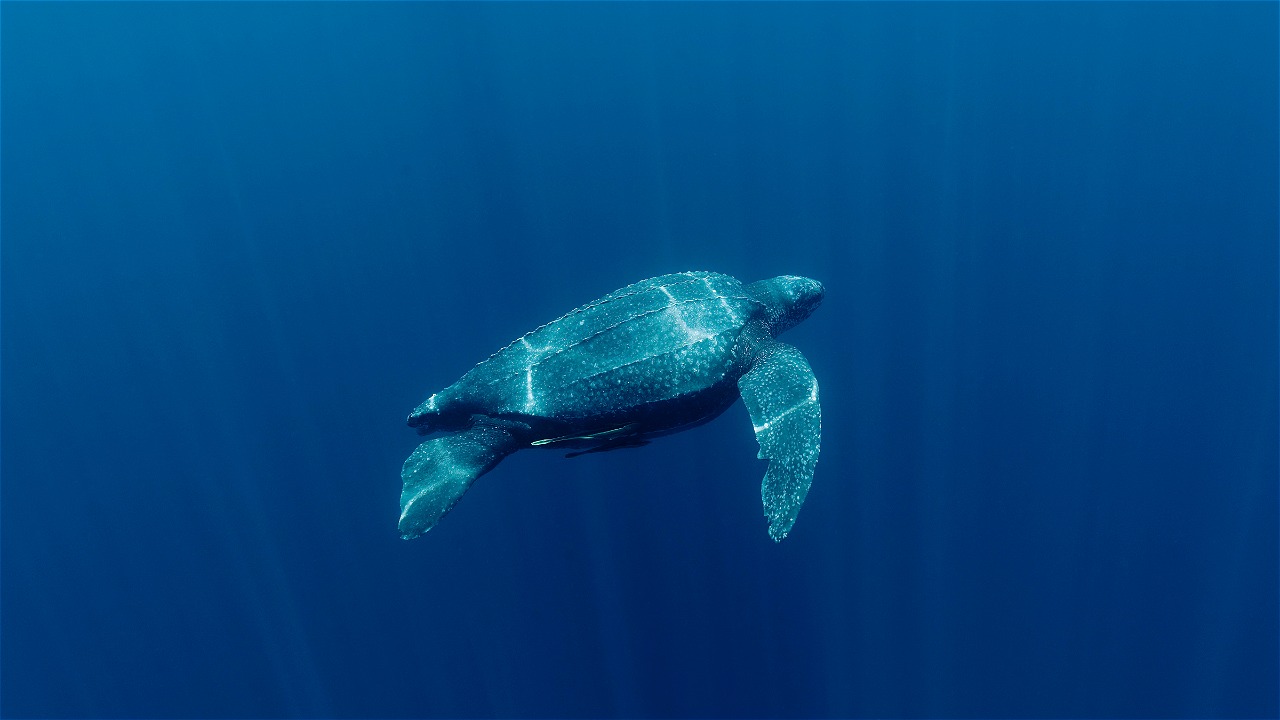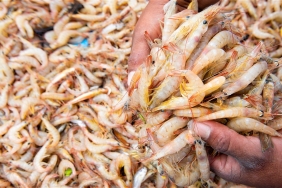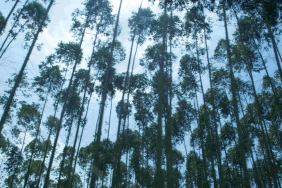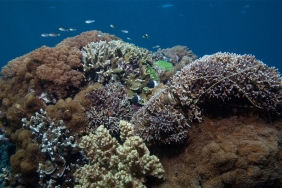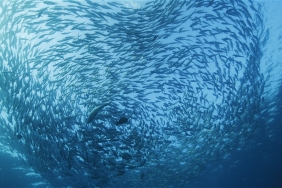21 SEA TURTLES FOUND STRANDED DEAD ON PALOH COAST DUE TO CONTAMINATION
By: Dwi Suprapti (Marine Species Coordinator WWF-Indonesia), Fidry Rahmanda and Maulid Dio (Flying Vet Indonesia)
A total of 21 sea turtles were found stranded on the coast of Paloh, West Kalimantan, dead and decomposing. WWF-Indonesia's sea turtle monitoring team in Paloh recorded the strandings consecutively from February 6 to April 7, 2018, with 11 turtles found dead on April 6, 2018.
The turtles that were stranded in single and separate locations along the coast of Paloh were almost entirely found dead and decomposed, only the findings on February 9 were found alive and sick, but finally died after 9 days of rehabilitation.
A joint team of West Kalimantan BKSDA, BPSPL Pontianak, WWF-Indonesia and a medical team from Flying Vet Indonesia immediately went to the location to perform necropsy or carcass surgery to determine the cause of death of the turtles.
The results of the medical examination conducted by Flying Vet Indonesia veterinarians indicated that the turtles found stranded in a dead condition were caused by the poisoning factor of B3 chemical waste that resembles asphalt. While the stranded turtle was sick, its death was caused by malnutrition as a result of blockage of the turtle's stomach due to consuming large plastic waste (5 cm x 8 cm).
The Paloh coast is an important habitat for four species of sea turtles: Green (Chelonia mydas), Hawksbill (Eretmochelys imbricate), Olive Ridley (Lepidochelys olivacea) and Leatherback (Dermochelys coriacea). Apart from being a nesting habitat, this area is also a feeding habitat, mating habitat and migration or traffic route for sea turtles. Not only for sea turtles, these waters are also an important traffic for various inter-state vessels including fishing vessels, tankers and cargo vessels. Given that geographically this location is directly opposite the South China Sea which is surrounded by several countries.
With this extraordinary event, WWF-Indonesia together with the Flying Vet Indonesia veterinarian team conducted a rapid observation of the condition of Paloh coastal waters and found many plastic ropes caught in red algae (one of the food of green turtles), other plastic waste was also found along the coastline such as plastic bottles, plastic bags, food wrappers, and others.
In addition to plastic waste, contamination in the form of black material with a solid consistency is often found along Paloh Beach in a period of more than 2 months. Paloh beach with white sand becomes covered by black material that combines with sand to form clumps that exactly resemble the bond between asphalt liquid and sand aggregate in road construction.
The thick black material found covering parts of the beach is exactly the same as the black material found attached and clumped in the digestive tracts of decapitated sea turtles. This material has contaminated the turtle's feeding habitat so that it is eaten by the turtle. This is reinforced by the size of the dead turtles, which are dominated by young or juvenile (20 - 50 cm) turtles that generally live in feeding habitats and the necropsy results which show that the turtles died in acute post-feeding conditions.

